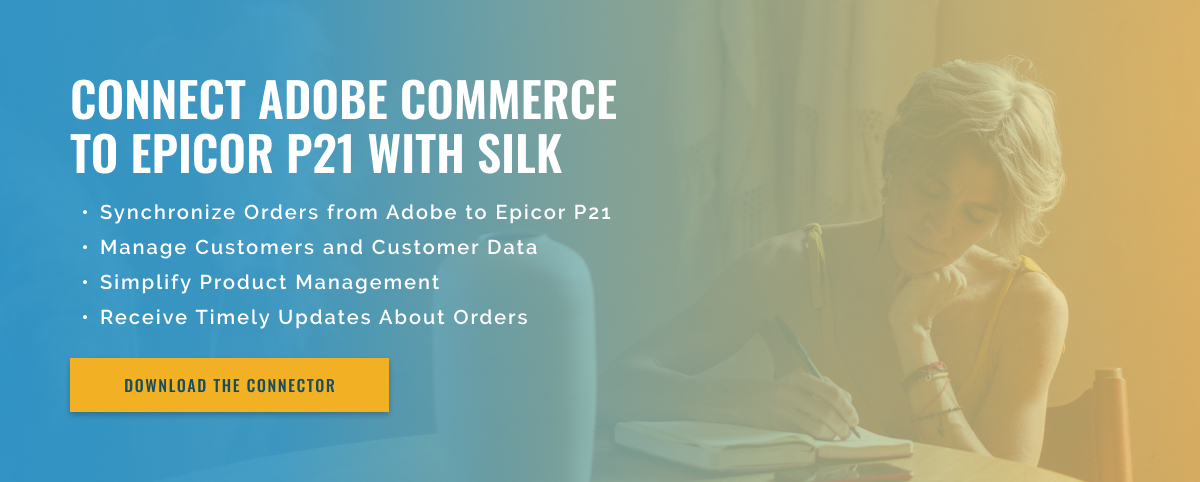3 minute read
Key Techniques for Adobe Commerce and Epicor P21 Integration
In today’s digital age, companies are constantly looking for ways to improve their online presence and increase sales. A popular way to achieve this is to integrate your Adobe Commerce website with the Epicor P21 platform. This integration enables companies to have an online store while efficiently managing inventory and back-end operations.
However, having an integrated website does not automatically guarantee success. To truly optimize performance and reap the benefits of this integration, companies must also implement key performance optimization techniques. In this blog, we discuss the best techniques for integrating your Adobe Commerce website with Epicor P21.
1. Optimize images and videos: Having high-quality images and videos on your website is crucial to attract customers and give them a clear picture of your products. However, such media files can significantly impact your site’s loading time, leading to a less-than-ideal user experience. To avoid this, you should compress images and videos without losing quality. This not only improves your website’s performance, but also reduces your bandwidth consumption.
2. Use a content delivery network (CDN): A CDN is a network of servers located in different geographical locations whose task is to deliver content to users from the server closest to them. This reduces the distance between users and the server, resulting in faster load times. By implementing a CDN, companies can ensure that their website performs consistently around the world.
3. Implement Caching: Caching refers to the process of storing frequently accessed data in a temporary storage area, thereby reducing the time and effort required to retrieve it. Implementing an efficient caching strategy can significantly improve the performance of your Adobe Commerce website integrated with Epicor P21. This can be achieved using browser caching, server caching, and database query caching.
4. Minimize HTTP requests: Whenever a user visits a website, the browser sends an HTTP request to the server to download all the necessary files such as images, CSS and JavaScript. The more HTTP requests, the longer it takes for your site to load. By minimizing these requests using techniques such as file linking and using CSS sprites, companies can reduce load times and improve performance.
5. Regular Website Maintenance: Regular monitoring and maintenance of your website is crucial to ensure it is performing at its best. This includes checking for broken links, removing unnecessary plugins, and updating plugins and themes. Regular maintenance keeps your website running smoothly, resulting in a better user experience.

